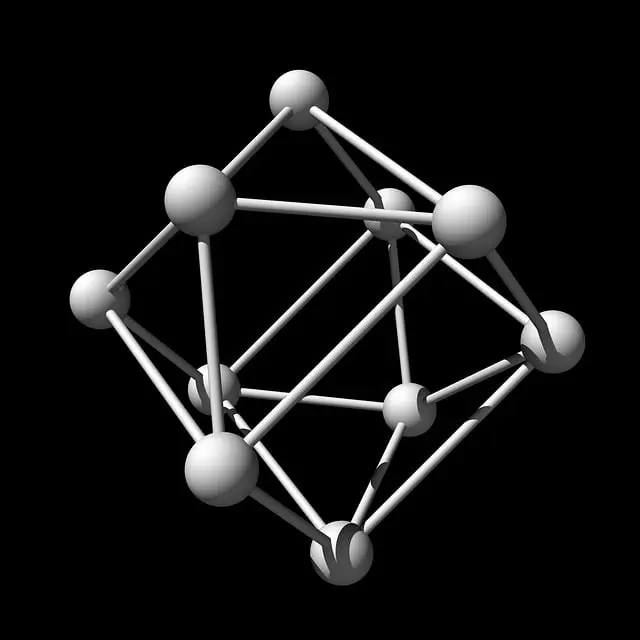Muscle soreness after exercise comes from tiny tears in muscle fibers, categorized as red (immediate inflammation), white (discomfort without visible swelling), or green (mild ache resolving within days). Red kratom, rich in 7-hydroxymitragynine, offers potent pain relief; white kratom provides balanced analgesia and energy for active recovery; green kratom aids long-term healing with mild pain relief and enhanced circulation. For tailored workouts, choose the right kratom variant: red for relaxation, white for post-workout energy, and green for chronic soreness. Always consult a healthcare professional before trying new supplements.
- Understanding Muscle Soreness: Causes and Effects
- The Role of Kratom Varieties in Pain Relief: Red, White, and Green
- Customized Workout Plans for Different Recovery Needs
- Incorporating Kratom into Your Post-Workout Routine
- Creating a Holistic Approach to Muscle Soreness Management
Understanding Muscle Soreness: Causes and Effects
Muscle soreness is a common post-exercise sensation that arises from microscopic tears in muscle fibers. These tiny injuries are a natural response to physical activity, particularly when pushing your body beyond its usual limits. The soreness can be categorized into three types based on its appearance: red, white, and green kratom (or acute, subacute, and chronic).
Red kratom, characterized by redness and swelling, occurs immediately after intense exercise and is often accompanied by pain. White kratom refers to the absence of visible inflammation but still presents with discomfort and stiffness. In contrast, green kratom indicates minimal muscle damage, presenting as a mild ache that typically resolves within a few days. Understanding these differences can help in tailoring workout plans for effective soreness relief, ensuring you recover optimally for your next training session.
The Role of Kratom Varieties in Pain Relief: Red, White, and Green
Kratom, derived from the plant Mitragyna speciosa, is renowned for its analgesic properties and comes in various varieties, each offering distinct effects. Among these, red, white, and green kratom stand out due to their unique chemical compositions, which directly influence their potential roles in muscle soreness relief.
Red kratom, known for its potent pain-relieving qualities, contains higher levels of 7-hydroxymitragynine (7-HMG), a compound believed to interact with opioid receptors in the brain and body, leading to reduced inflammation and pain perception. White kratom, often described as a balanced option, has lower levels of 7-HMG but higher concentrations of mitragynine, which may contribute to its mild analgesic effects without the same level of sedative properties as red kratom. Green kratom, characterized by its earthy aroma, contains varying levels of both 7-HMG and mitragynine, offering a milder pain relief experience compared to its red counterpart while still providing some soothing benefits for muscle soreness.
Customized Workout Plans for Different Recovery Needs
When crafting a workout plan aimed at muscle soreness relief, understanding the individual’s recovery needs is paramount. Each person’s body reacts differently to exercise, and tailored approaches can significantly enhance post-workout recovery. The concept here is not one-size-fits-all; instead, it involves recognizing the distinct recovery profiles of red, white, and green kratom users.
Red kratom users, known for their heightened sensitivity, might benefit from lighter workouts with a focus on flexibility and mobility exercises. White kratom enthusiasts, often seeking energy and focus, can incorporate high-intensity interval training (HIIT) to boost metabolism and promote faster recovery. Green kratom consumers, looking for pain relief, may find success in moderate-intensity steady-state cardio and strength training, allowing their bodies to heal efficiently while reducing muscle discomfort.
Incorporating Kratom into Your Post-Workout Routine
Incorporating Kratom into your post-workout routine could be a game-changer for muscle soreness relief. The diverse varieties of kratom – red, white, and green – offer unique benefits tailored to different needs. Red kratom, known for its relaxing properties, can help ease tight muscles and promote rest, ideal for post-workout recovery. White kratom, on the other hand, boosts energy and mood, allowing you to recover actively with reduced fatigue. Green kratom, with its balanced blend of energizing and calming effects, supports both immediate relief from muscle soreness and long-term recovery by enhancing circulation and flexibility.
When integrating kratom into your regimen, remember that quality matters. Look for organic, ethically sourced options in their natural form to maximize benefits without unwanted additives. Start with a low dose, around 1-2 grams, and adjust based on your body’s response. Consistency is key; regular use can lead to more pronounced results. However, always listen to your body and consult a healthcare professional before incorporating any new supplement into your routine.
Creating a Holistic Approach to Muscle Soreness Management
Managing muscle soreness goes beyond addressing symptoms; a holistic approach considers the intricate interplay between physical activity and overall well-being. When differentiating between red, white, and green kratom—a strategy sometimes employed for its potential therapeutic effects—it’s crucial to understand each variant’s unique properties. Red kratom is associated with pain relief and relaxation, targeting acute soreness. White kratom, on the other hand, is known for its energizing and stimulating qualities, potentially beneficial for post-workout recovery by enhancing circulation and reducing muscle stiffness. Green kratom, rich in mitragynine, exhibits anti-inflammatory properties, making it a natural fit for chronic or persistent muscle discomfort.
A comprehensive strategy should integrate these insights, combining targeted kratom use with tailored exercises and lifestyle adjustments. Gentle stretching routines, for instance, can alleviate tension while promoting blood flow. Adequate hydration, proper nutrition, and adequate rest are cornerstones of recovery, enhancing the body’s natural ability to repair and regenerate muscle tissue. By adopting a holistic perspective that blends traditional knowledge with modern insights, individuals can effectively manage muscle soreness, fostering a balanced and sustainable approach to overall fitness.
Understanding muscle soreness and its causes is key to effective recovery. Red, white, and green kratom varieties offer unique pain-relieving properties, catering to different needs. Customized workout plans, tailored to individual post-workout routines, can significantly enhance relief. Integrating kratom into your regimen provides a holistic approach, combining exercise and natural remedies for comprehensive muscle soreness management. Remember that, in terms of recovery, what works best varies from person to person; thus, it’s essential to experiment and find your ideal combination.






